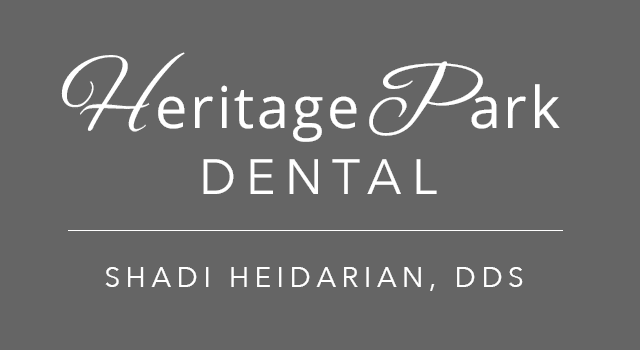How Gum Disease is Diagnosed by Your Dentist

Gum disease, also known as gingivitis, commonly results from poor dental hygiene and can vary in terms of its severity and condition. Gum disease happens when the gums and tissues surrounding the tooth become swollen and inflamed, causing the gums to bleed easily when teeth are brushed and flossed. Gum disease is caused by plaque and tartar, which contains bacteria that, when it’s leftover a long time without cleaning, causes the bacteria to degrade away at the enamel and tissues surrounding it. The bacteria that cause gum disease can lead to periodontitis, which causes the bones to decay over time and further inflamed the tissues of the gums, creating loose pockets around areas of the teeth where the gums are supposed to fit around the tooth tightly.
For patients with gingivitis, this can lead to sensitive teeth, sensitive gums, and bad breath. For a dentist to diagnose gingivitis, they will need to perform an oral examination and checkup on the health condition of your teeth. During the examination, a dentist will perform numerous procedures to check for cases of gingivitis, involving the following:
- Step 1: First, the teeth and gums are examined for early signs of gingivitis. Your dentist will check the shape and color of the gums, including areas along the cheeks and tongue. Any ulcers or abscesses will be noted as part of the examination, and your dentist will also check on how sensitive your teeth are to movement. They’ll check for how aligned the teeth are, and if any tooth mobility is found, then its a strong indicator of bone loss. For symptoms of gingivitis, your dentist will check for:
-
-
Bright red, swollen gums
-
Gums that bleed easily
-
A bad mouth odor
-
Plaque forming along the gums
-
Gum pockets
-
Pus between the gums
-
Any changes in spacing
-
Loose teeth/tooth loss
-
- Step 2: Your dentist will take into account your medical history for any past gum disease issues and other underlying conditions that could contribute. They’ll also take into account any medications your taking and other dietary/lifestyle habits such as smoking.
- Step 3: For advanced cases of gingivitis, your dentist may also probe your gums to test for bone loss. A probe will be taken beside the tooth and under the gum line and test where the tooth is attached to the connective tissue. If your teeth are healthy, the attachment is firm, and the probe cannot slide down below the gumline. However, if bone loss is present, the tooth will move, along with the probe.
- Step 4: As the last stage, your dentist will check for ulcers, also known as trench mouth. Your dentist will take a swab of the discharge, and check the bacteria under the microscope to examine the type of bacteria that’s causing the gingivitis and then give you the appropriate treatment.
If you believe you may have gingivitis and wish to find the best treatment plan for your teeth, then schedule an appointment today with Dr. Shadi Heidarian at Heritage Park Dental. Heritage Park Dental, located in Palo Alto, CA, will be able to take care of all your regular checkup needs while giving you the most comprehensive dental care available.

